
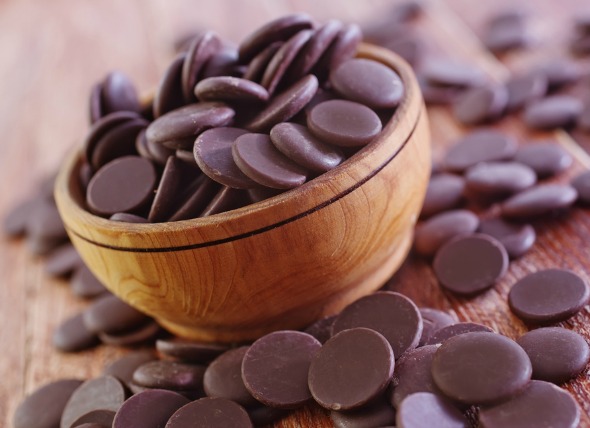
Although they’re not normally as curious about people foods as dogs are, cat (and kittens in particular) can sometimes eat things they aren’t supposed to eat, including chocolate. Derived from the roasted seeds of the cacao plant, certain properties in chocolate can be toxic to cats when they’re ingested, specifically, caffeine and theobromine. Eating these ingredients can lead to a number of medical complications—some of which may be serious—in your cat. Learn more about the symptoms and treatment of chocolate poisoning in cats, below.
If your cat is experiencing chocolate poisoning, it may have one of the following symptoms:
These symptoms will vary based on the amount and type of chocolate that is ingested and can influence the severity of the condition. Varieties of chocolate that can be especially poisonous to cats are milk chocolate, semi-sweet chocolate and baking chocolate.
If you suspect your cat has ingested chocolate and is experiencing any of the above symptoms, bring it to your veterinarian immediately. You can expect your vet to perform a complete physical exam, including a chemical blood profile, an electrolyte panel, and a urinalysis to help determine if your cat has overdosed on caffeine and theobromine.
Your veterinarian may also perform an ECG to help determine if the heart is showing any abnormalities in rhythm or conduction of heart beats.
While you wait for your cat to be evaluated, try to keep them cool, calm and in a quiet place to help keep the symptoms of chocolate poisoning from escalating too quickly. Your veterinarian may also recommend that you induce vomiting quickly after ingestion to prevent the chemicals in the chocolate from being digested and to control any seizures, should they occur. Fluids will be administered to keep your cat hydrated as its condition improves and, to avoid any further problems, you’ll want to feed your cat a bland diet for several days after it has been treated.
The best form of preventing chocolate toxicity is to always keep chocolate out of your cat’s reach and be wary of feeding them anything that might contain chocolate.
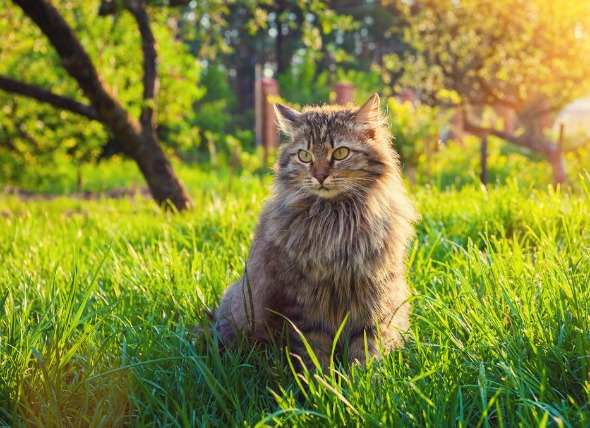 Heart Murmurs in Cats
Extra heart vibrations that are produced as a res
Heart Murmurs in Cats
Extra heart vibrations that are produced as a res
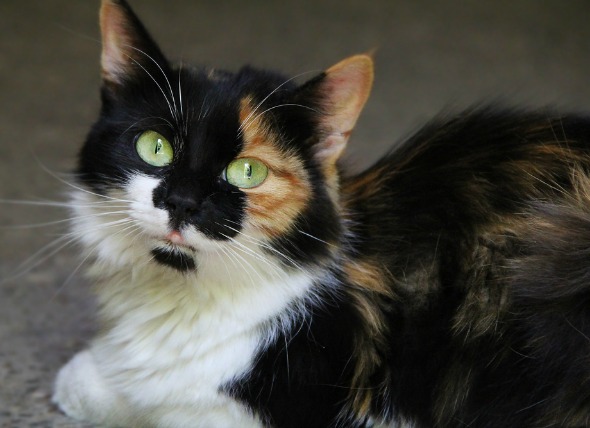 Fever in Cats
Pyrexia in Cats
The normal body temperature for c
Fever in Cats
Pyrexia in Cats
The normal body temperature for c
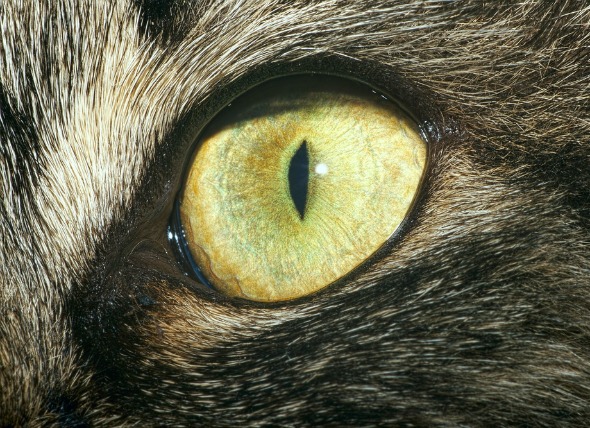 Degeneration of the Cornea in Cats
Corneal Degenerations and Infiltrations in Cats
T
Degeneration of the Cornea in Cats
Corneal Degenerations and Infiltrations in Cats
T
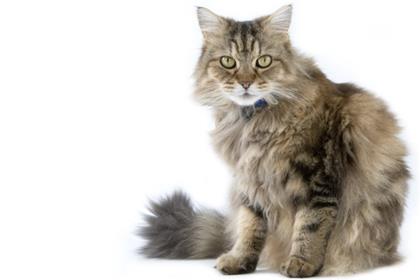 Ringworm in Cats
Dermatophytosis in Cats
Dermatophytosis is t
Ringworm in Cats
Dermatophytosis in Cats
Dermatophytosis is t
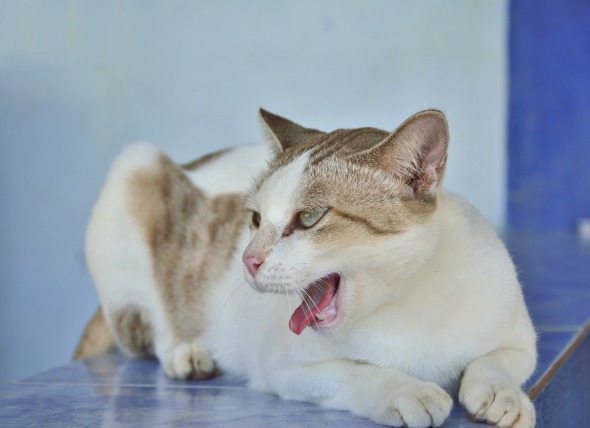 Coughing in Cats
Tussis in Cats
Coughing is generally a symptom of
Coughing in Cats
Tussis in Cats
Coughing is generally a symptom of
Copyright © 2005-2016 Pet Information All Rights Reserved
Contact us: www162date@outlook.com